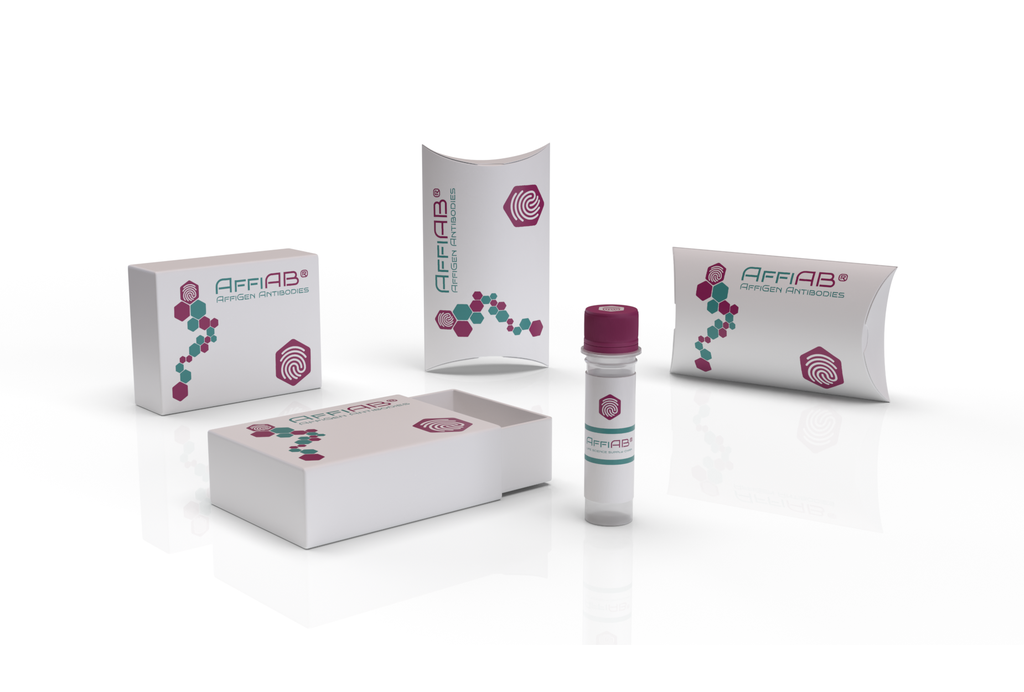AffiAB® Anti-Tyrosine Hydroxylase Antibody
The enzyme tyrosine hydroxylase (TH) , also designated tyrosine 3-monooxygenase (TY3H) , catalyzes the conversion of tyrosine to L-dopa, which is the rate limiting step in the biosynthesis of catecholamines such as dopamine, adrenalin and noradrenalin. TH is thought to play a role in the pathogenesis of Parkinson's disease, which is associated with reduced dopamine levels. Two transcription factor binding sites in the proximal region of the TH gene, the TPA-responsive element (TRE) and the c-AMP responsive element (CRE) , have been implicated in the complex regulation of the TH gene. TH is also known to be upregulated by the glia maturation factor (GMF) , a Cdc 10/SWI6 motif-containing protein called V-1, and a variety of additional compounds.
Antibody type
Rabbit polyclonal Antibody
Uniprot ID
SwissProt: P07101 Human; SwissProt: P24529 Mouse; SwissProt: P04177 Rat
Recombinant
NO
Conjugation
Non-conjugated
Host
Rabbit
Isotype
IgG
Clone
N/A
KO/KD
N/A
Species reactivity
Human, Mouse, Rat
Tested applications
WB, IF-Cell, IHC-P, FC
Predicted species reactivity
N/A
Immunogen
Synthetic peptide within Human Tyrosine Hydroxylase aa 1-50 / 528.
Storage
Store at +4°C after thawing. Aliquot store at -20°C or -80°C. Avoid repeated freeze / thaw cycles.
Form
Liquid
Storage buffer
1*PBS (pH7.4) , 0.2% BSA, 50% Glycerol. Preservative: 0.05% Sodium Azide.
Concentration
1 mg/mL.
Purity
Protein A affinity purified.
Signal pathway
Parkinson’s disease, Neuroscience
Recommended dilutions
WB: 1:1, 000-1:2, 000; IF-Cell: 1:50-1:200; IHC-P: 1:50-1:200; FC: 1:50-1:100
Molecular Weight
Predicted band size: 58 kDa
Subcellular location
Cytoplasm. Nucleus.
Positive control
PC-12, mouse brain tissue, MCF-7, N2A, SHG-44, rat brain tissue, SH-SY5Y.
